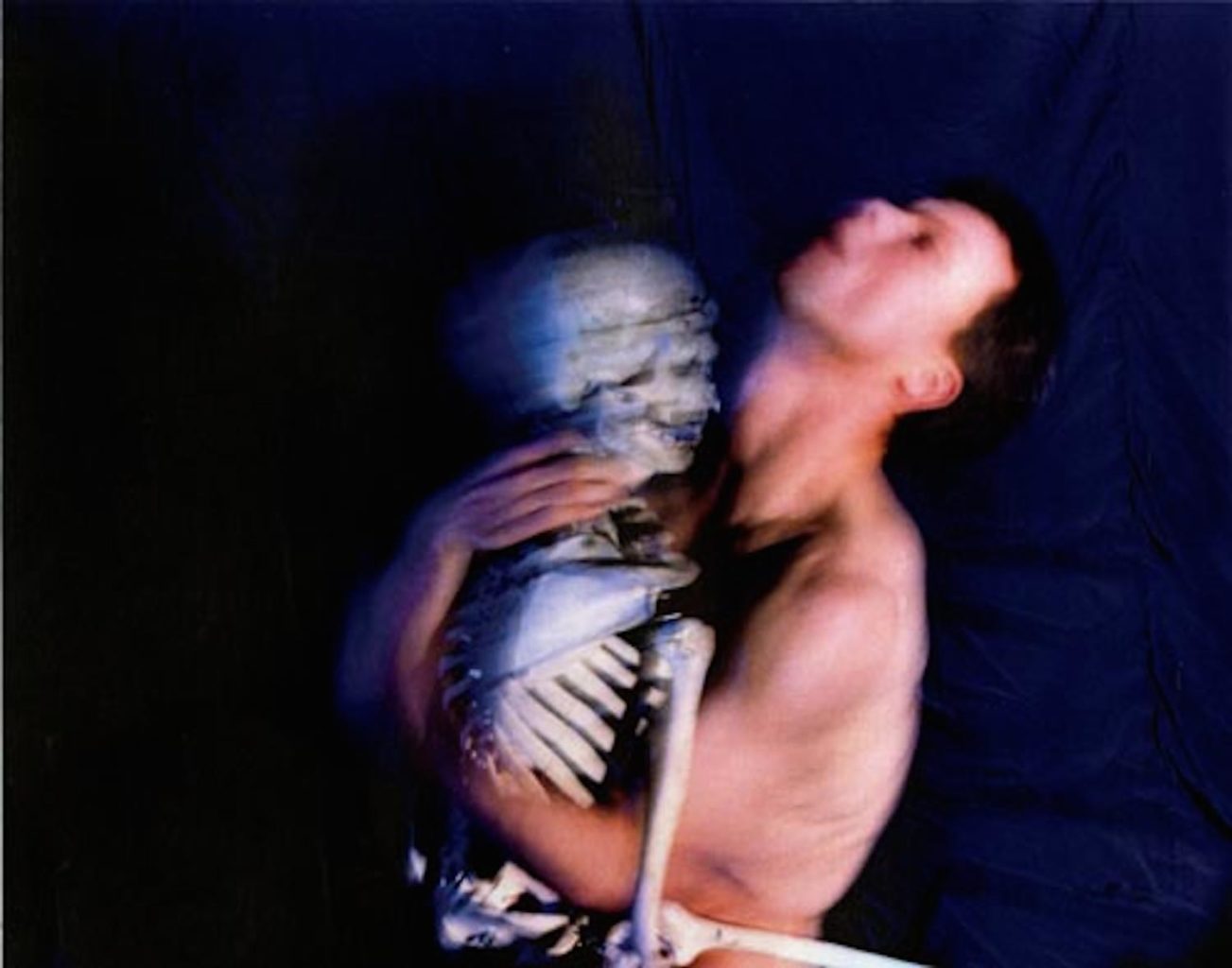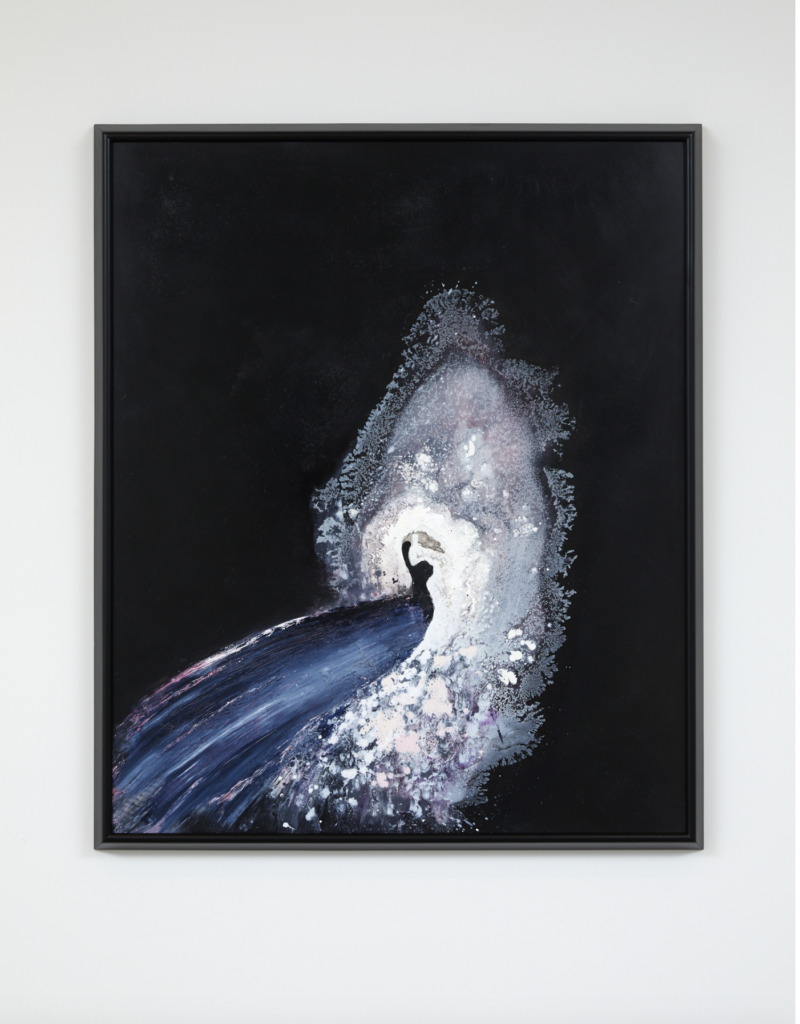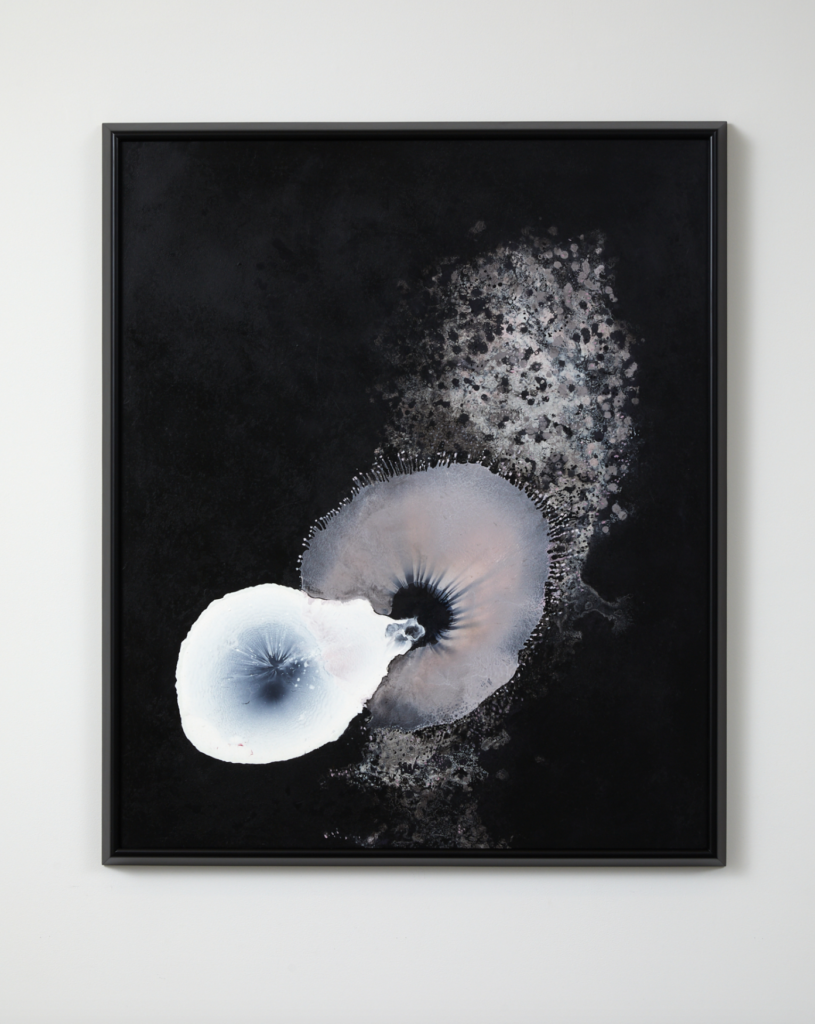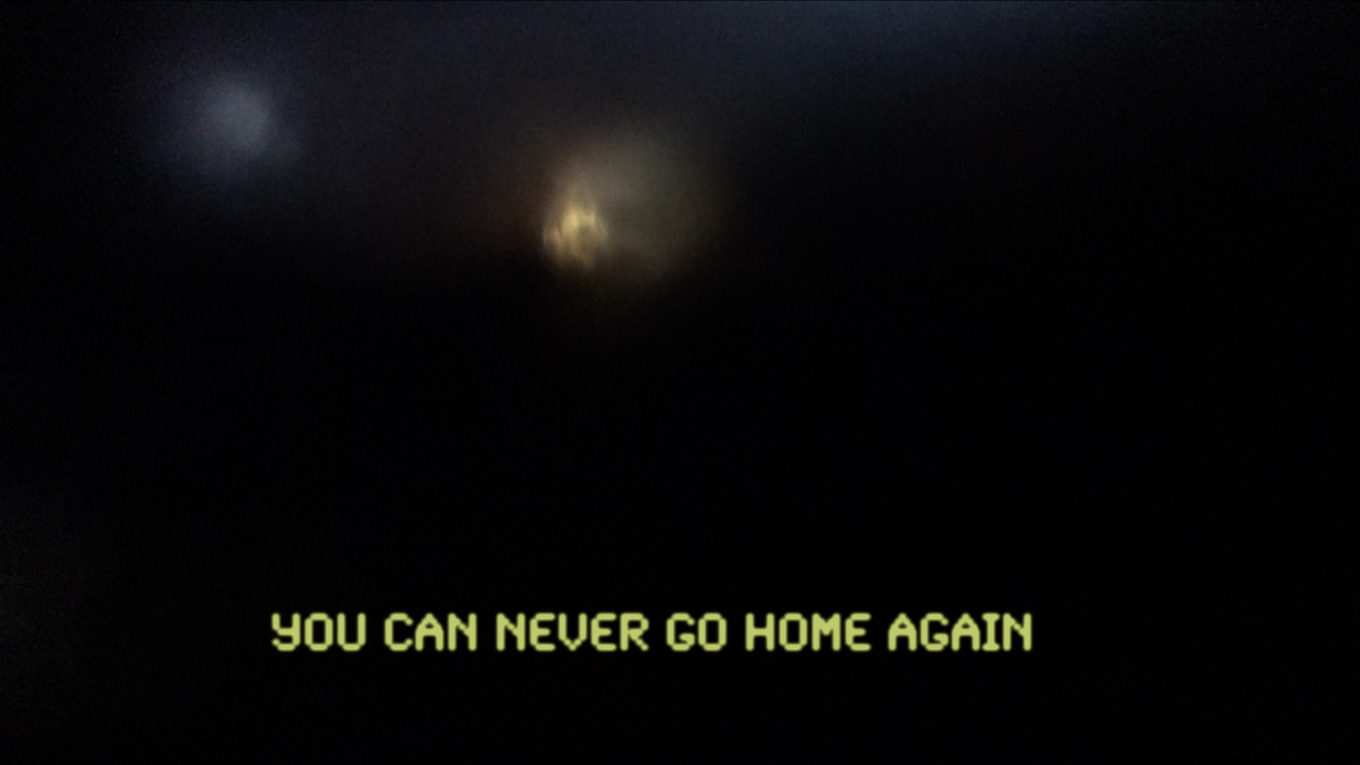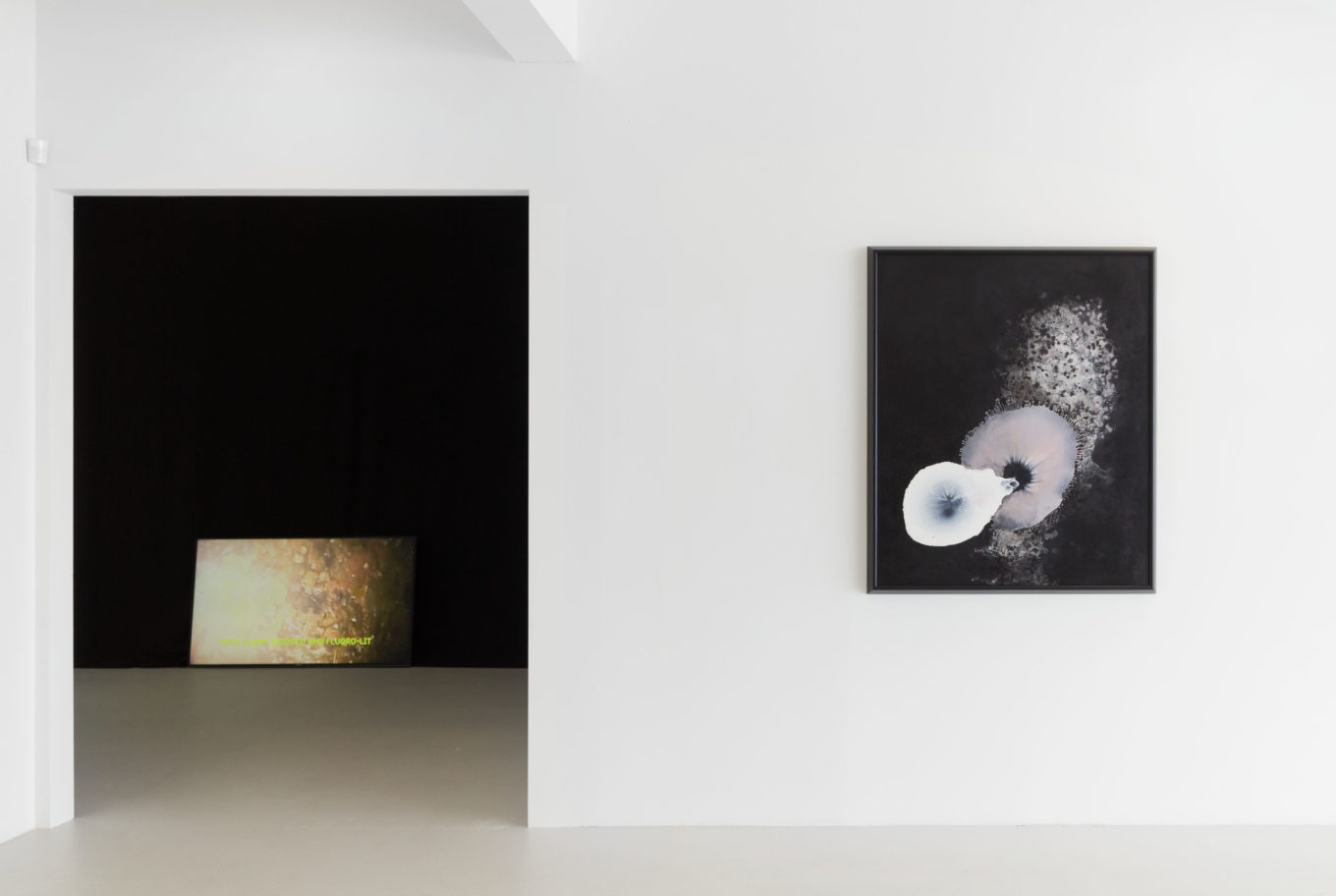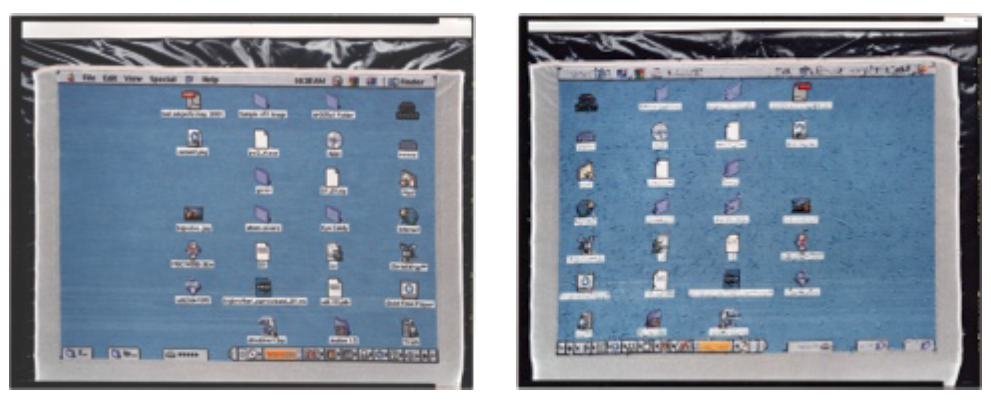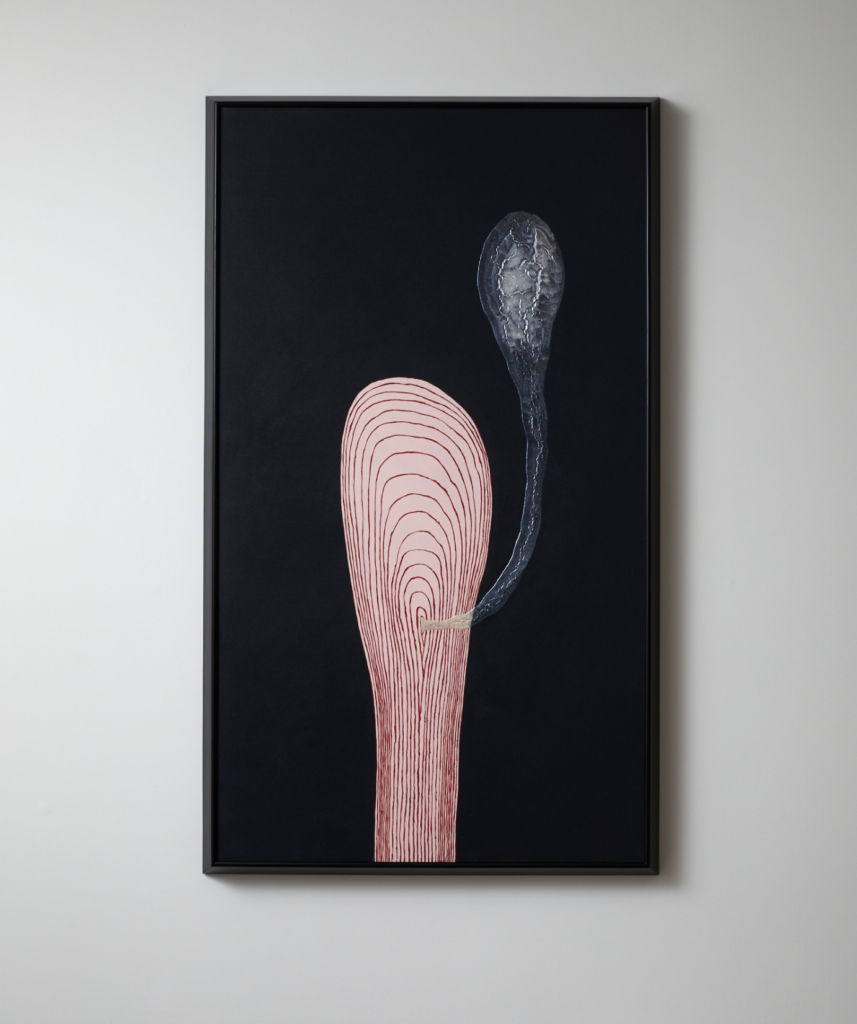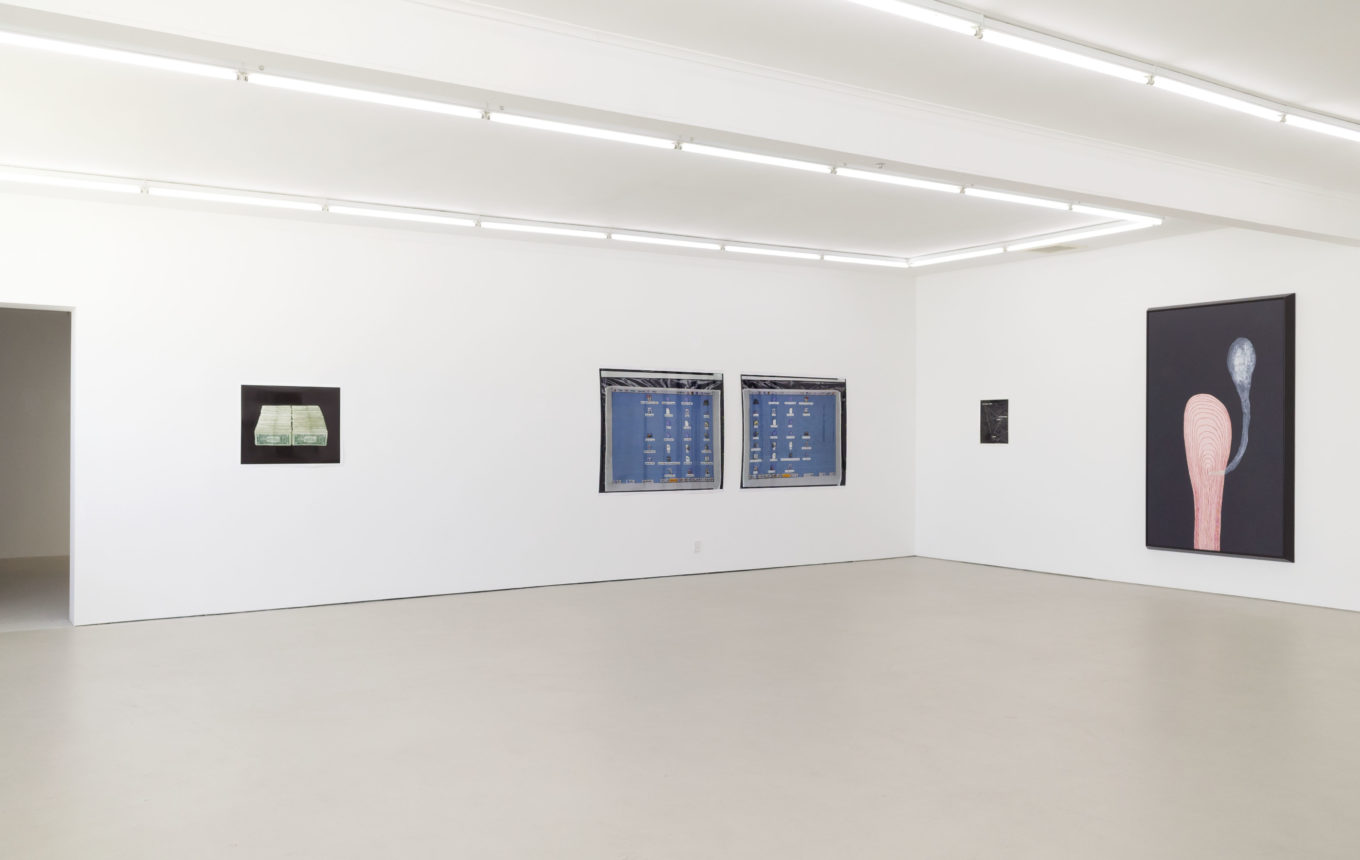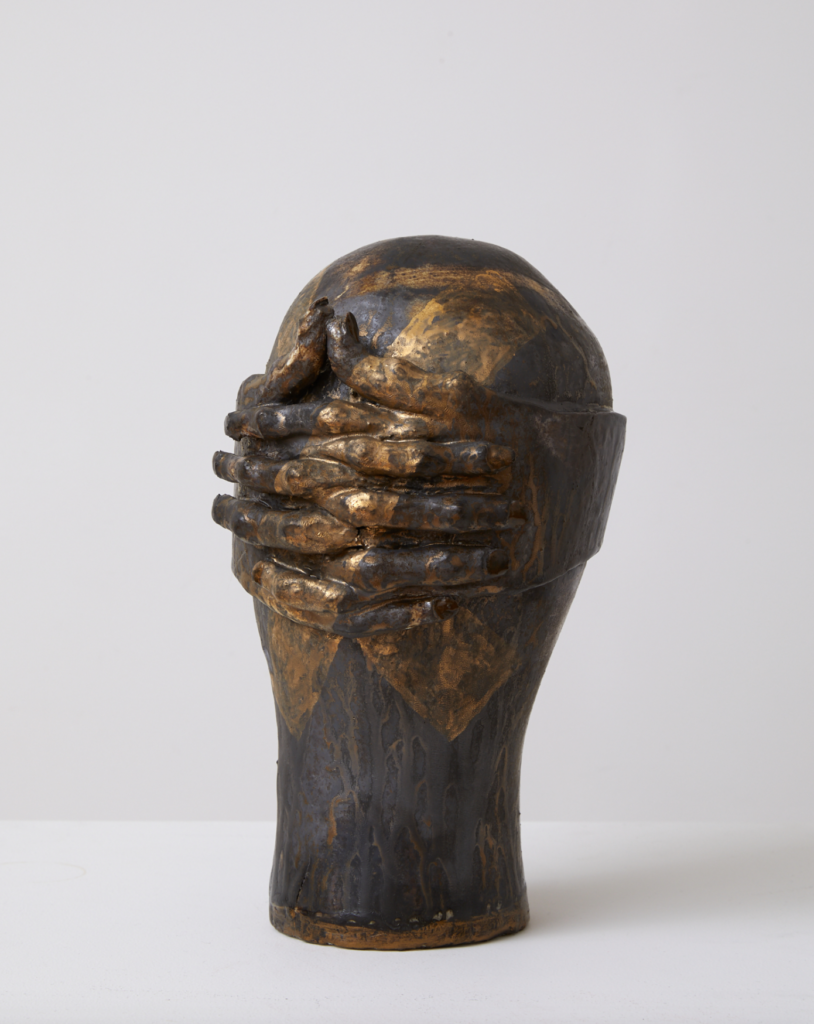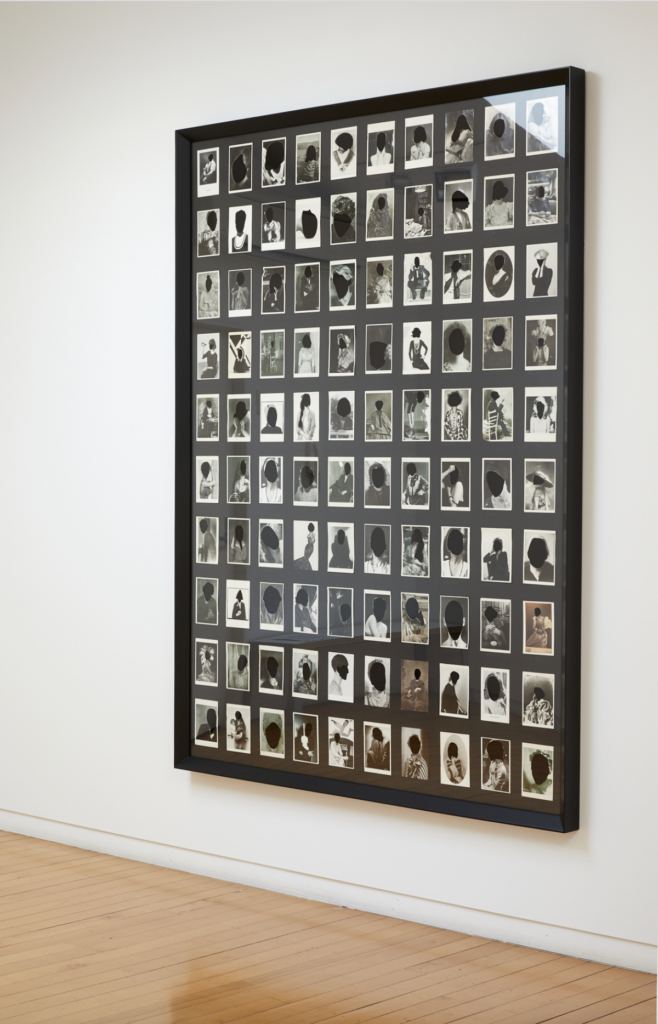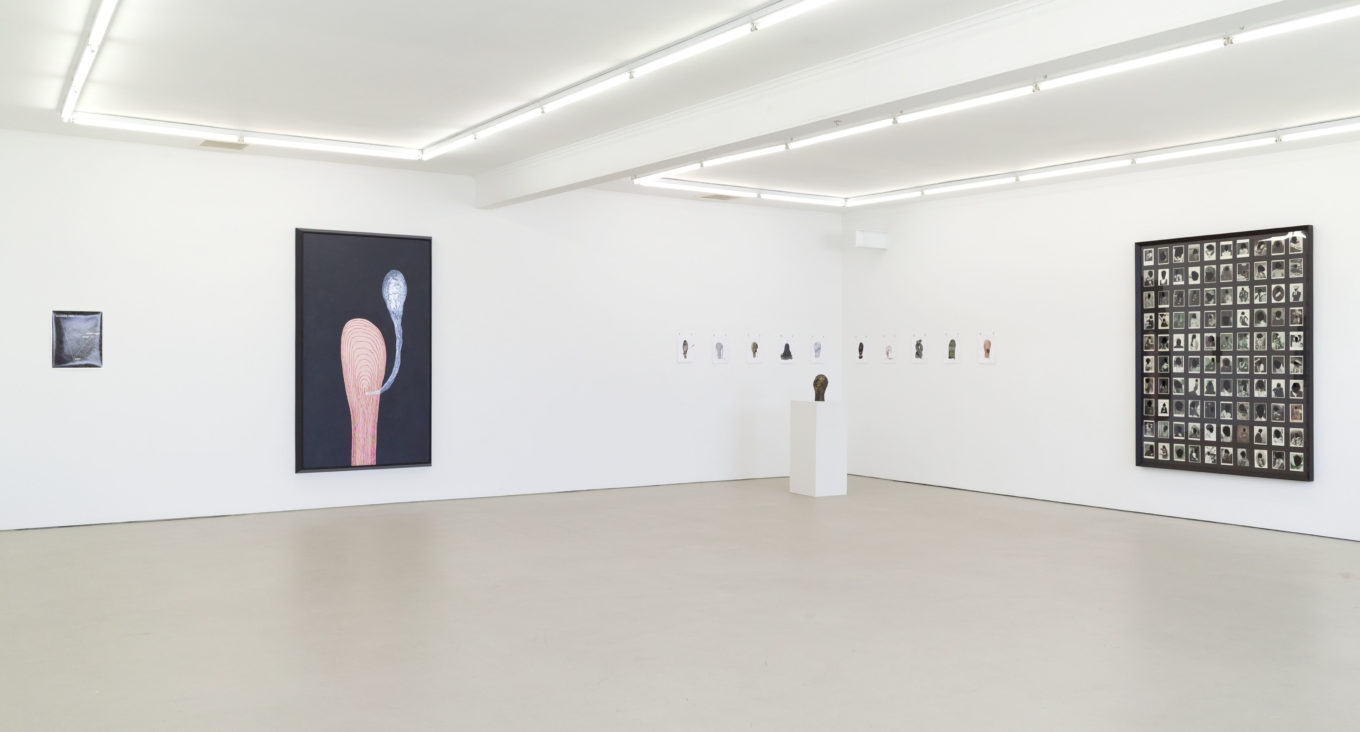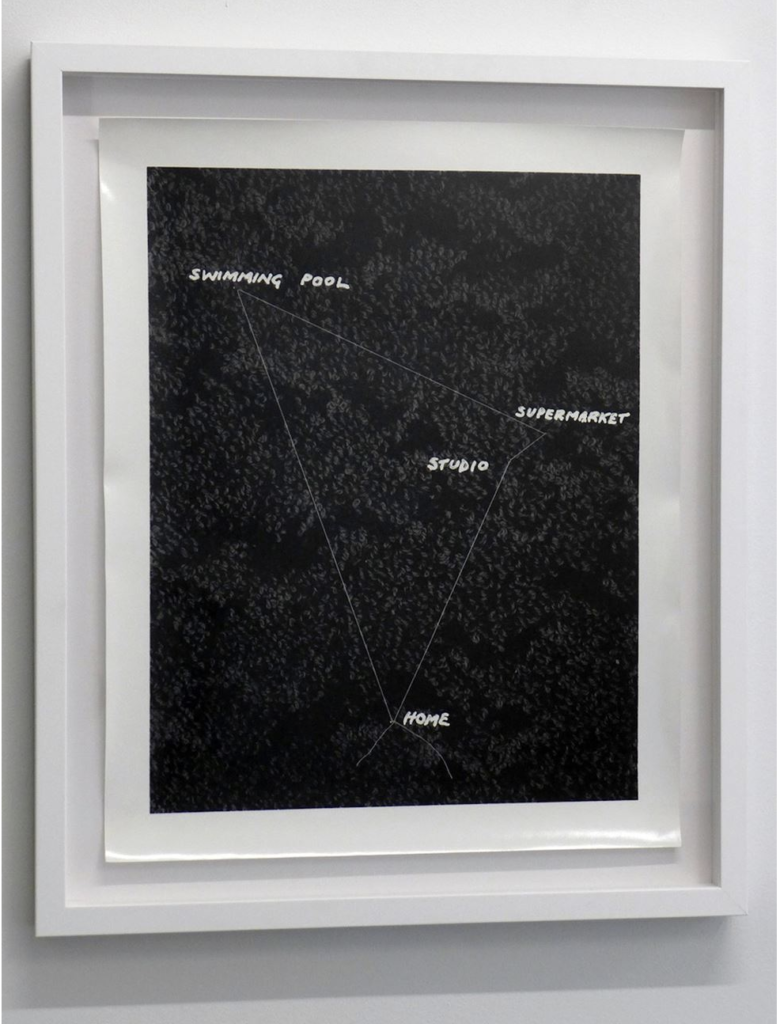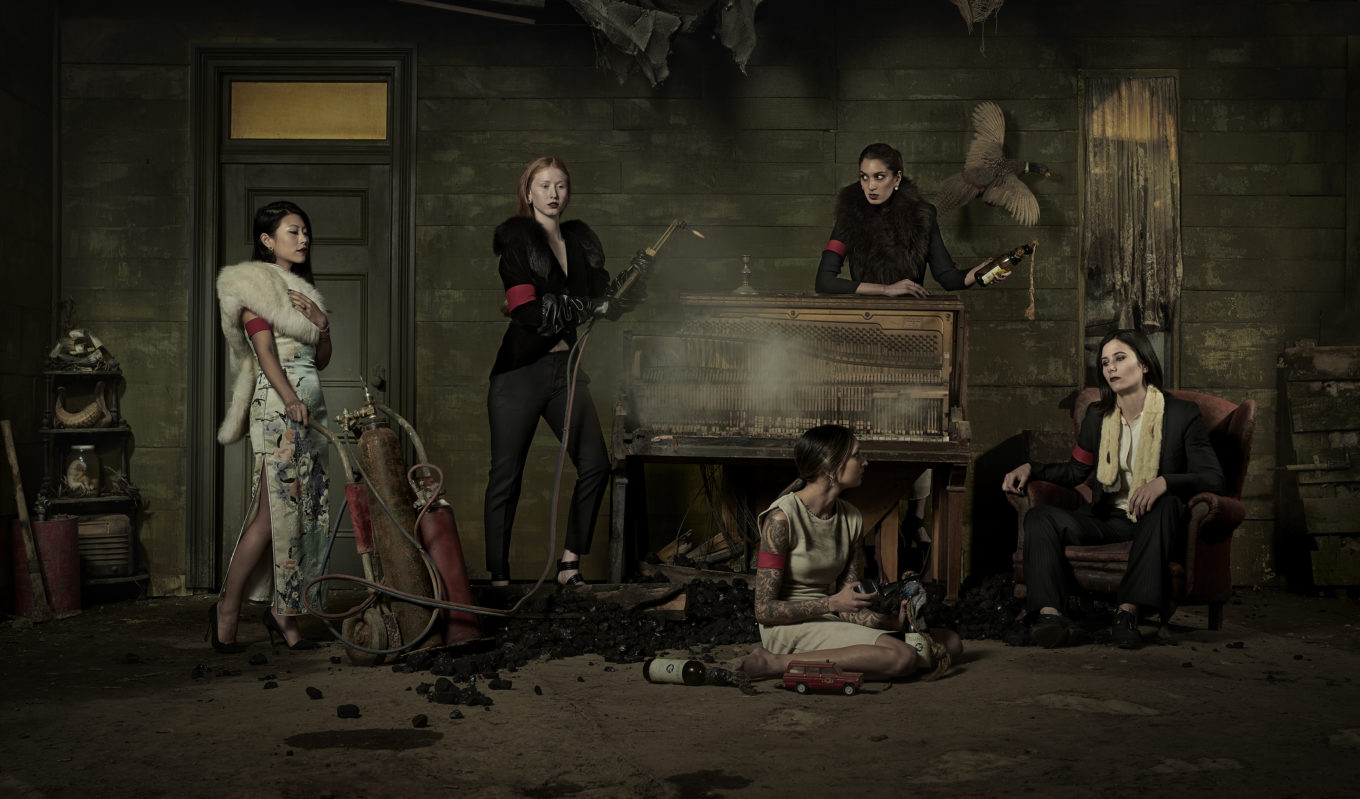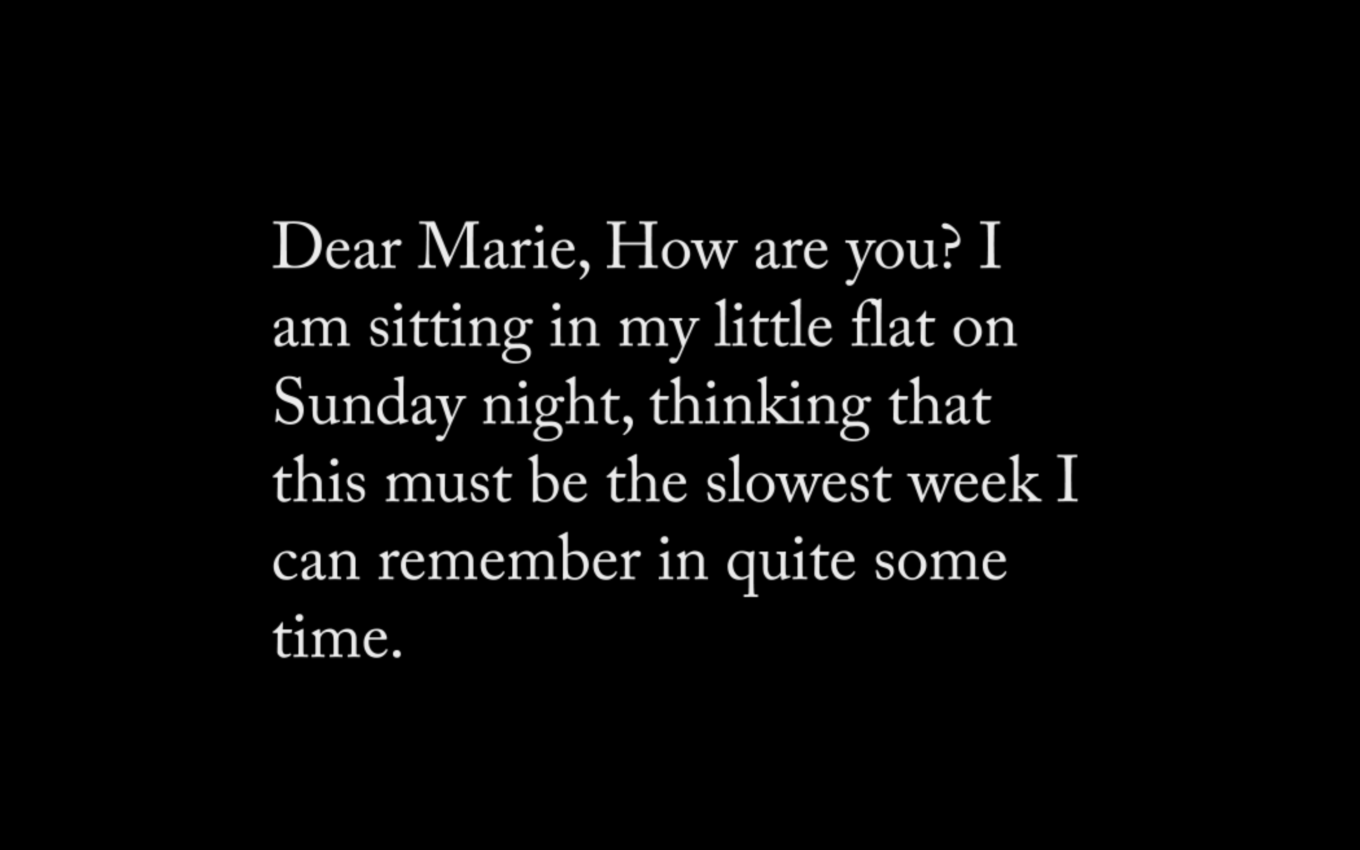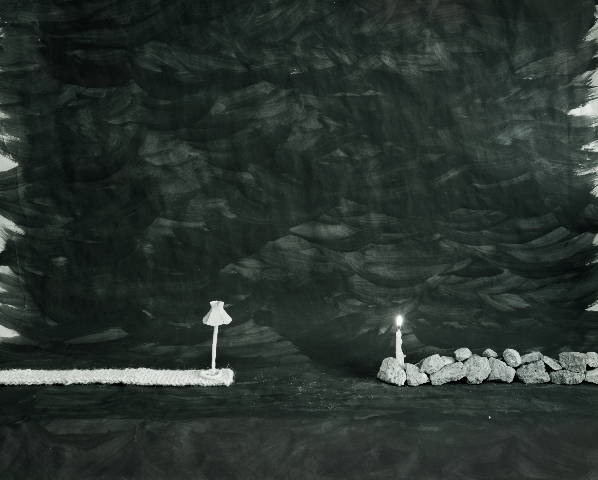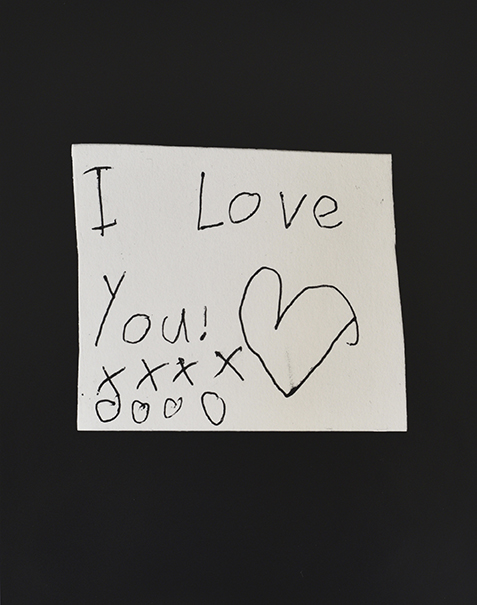Reprising the gallery’s 2016 curated group exhibition The XX Factor in this year of global pandemic, The XX Factor 2.0 explores more existential themes: life/death, separation/loss, systems of power, speaking to the global moment not by way of works made in response to the pandemic but discursively, in works made over decades of sustained practices by artists ever-engaged with these ideas. This exhibition is itself a curation to replace one of five exhibitions re-scheduled in this COVID year to next year or beyond.
A play on the doubled chromosome and subversive of the commonplace glib male evaluation of women’s ‘x factor’, THE XX FACTOR 2.0 is a challenging yet contemplative mix of moving image, photography and painting by noted New Zealand artists Stella Brennan, Julia Morison, Marie Shannon, Heather Straka and Christine Webster (based in the UK and unable to mount her planned 2020 solo exhibition in the gallery). Two X chromosomes speak volumes: through millennia, they have delivered the realities and rigours and flights of imagination of roughly half of humankind, encompassing biology and expanding the socio-cultural norms and particularities of each era/place.
Stella Brennan’s Object Permanence interrogates permanence, both of objects and the energies arising from nuclear radiation, and how the time scales involved must invoke fresh human thinking, a critical component of this pandemic year. As well, the daily lived experience shared globally has been dramatically altered in novel ways, marked by compression and separation leavened by the ubiquity of digital connectedness. Brennan’s More Love Hours Than Can Ever Be Repaid, a photographic diptych made in 2003 of a textile work of the same title, Julia Morison’s recent Headcase works and Marie Shannon’s Map of My Day from 1992 illuminate these feeling states, while others of Shannon’s works delve with elegant eloquence into separation and loss.
Systems of power are obliquely or more directly explored in Shannon’s Dollars and others of Morison’s works, and those of Heather Straka. Christine Webster’s The Skeleton, 1997/2015, a poignant reminder of the earlier AIDS pandemic, has the esteemed dancer and choreographer Douglas Wright dancing in death’s grip – an artwork both highly prescient and a potent convergence of existential themes, a most apposite inclusion in this exhibition in this pandemic year.

